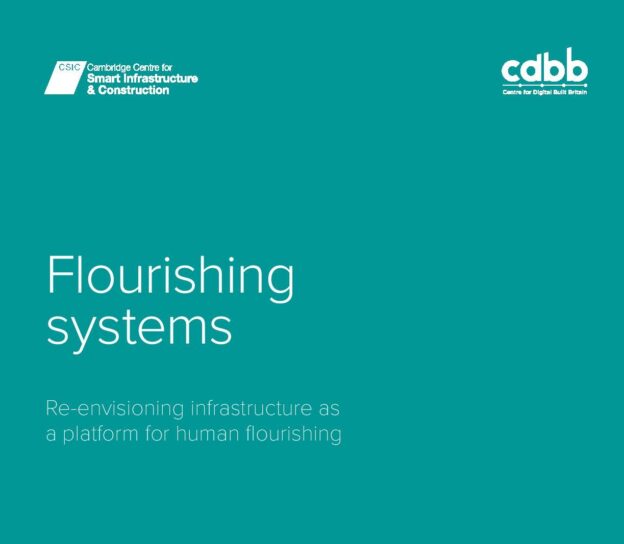This report sets out an overview of the first phase of CReDo, running from April 2021 to March 2022, with a focus on the technical architecture developed to integrate different datasets and models into the connected digital twin.
CReDo is a climate adaptation digital twin sponsored by UK Research and Innovation and Connected Places Catapult and is the pilot project for the National Digital Twin programme. CReDo’s purpose is two-fold:
1. To demonstrate the benefits of using connected digital twins to increase resilience and enable climate change adaptation and mitigation
2. To demonstrate how principled information management enables digital twins and datasets to be connected in a scalable way as part of the development of the information management framework
Data about assets is brought together across three infrastructure asset owners — Anglian Water, BT and UK Power Networks — into a connected digital twin of the infrastructure system network. Combining data sets from three separate organisations into one system model is not straightforward. Principled information management techniques, such as using the appropriate ontologies and striving for semantic precision, are essential to bringing the data together to present the clearest picture of the infrastructure system without inaccuracies.
Coastal and fluvial flood data has been sourced from the Environment Agency and the HiPIMS (High-Performance Integrated hydrodynamic Modelling System)[1] model has been used to generate surface water flooding data that could be expected under a range of future climate change scenarios. Expert elicitation techniques have been employed to understand the impact of the flood scenarios on asset failure within the infrastructure networks. Operational research techniques have been employed to better understand the infrastructure interdependencies and to identify the propagation of asset failure, both across single networks and across the infrastructure system as a whole, resulting from the flood scenarios. This builds a picture of system impact from flooding scenarios that would not otherwise be available to the individual networks or regulators who would only see the impact of flooding on single networks.
Visit our Recommendations and Resources page to read the report



Leave a comment